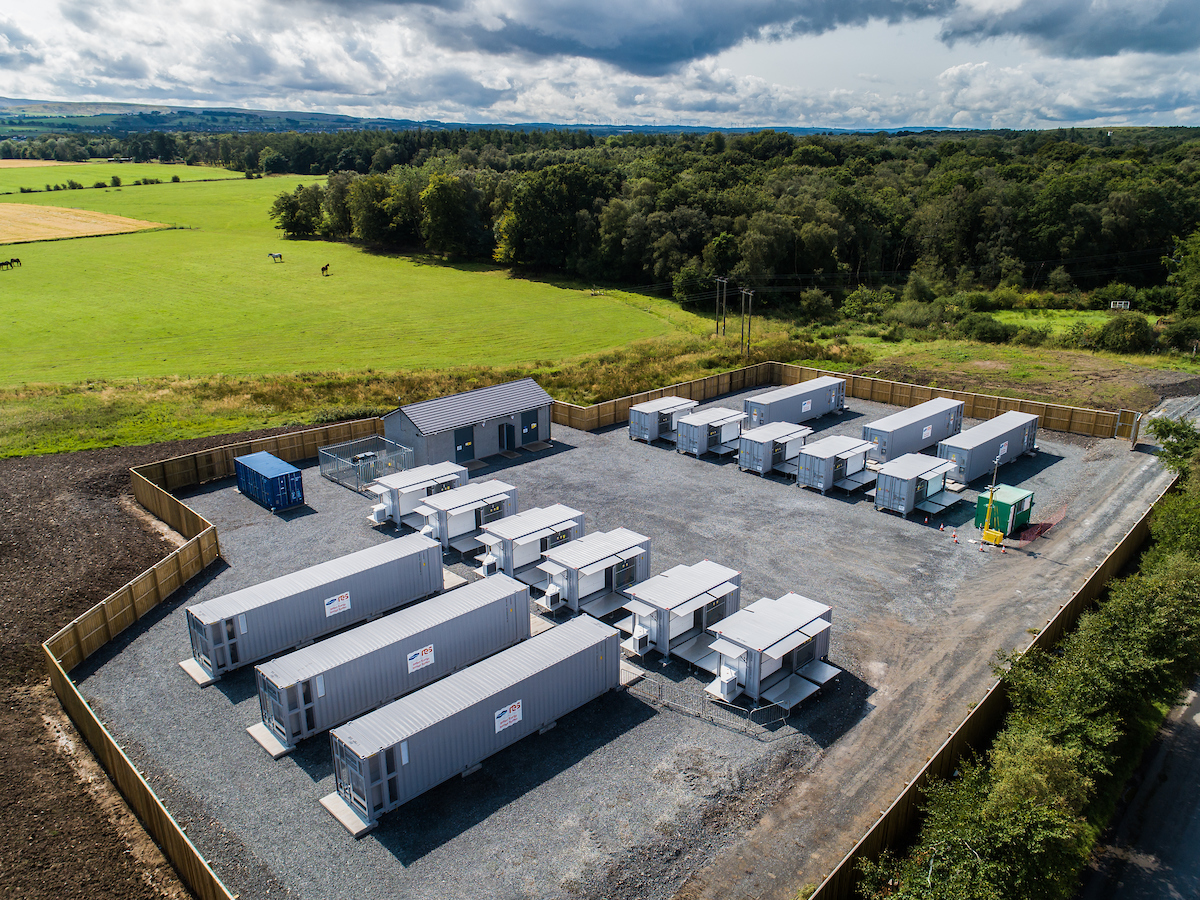Solutions
Our passionate and experienced people deliver successful clean energy projects globally.
Technologies
Driving a clean energy future through state-of-the-art renewable technologies.
See all technologiesResources
Browse our latest resources, including company updates, customer stories, industry insights, and research reports.
See all resourcesCareers
Join a collaborative team of passionate individuals who engage in meaningful, stimulating, and world-changing work.
Learn moreAbout RES
We live our mission, celebrate the people making it happen and transform the way the world produces and consumes energy.
See about usOur offices
Like our business, we’re truly global – but proudly local. Find contact and location details for every RES office.
Contact usOPINION: Is 2021 the year when storage grows up?
by RES | Jan 31, 2021 | Reading time: 3 min

While there is only a limited volume of battery storage on the UK system at the moment, we believe that its true value is already starting to be recognised thanks in part to the speed it can respond at, making it many times more valuable to the grid than gas peakers, for example.
In 2014 we started working with National Grid in the UK to show how battery energy storage could play a role in supporting the network – providing a dynamic frequency response service in sub-second timescales. We used our knowledge and skills from pioneering very fast frequency regulation services in Canada and USA to create a market opportunity in UK. This resulted in a bi-lateral agreement with National Grid and the development of Broxburn Energy Storage Project in Scotland, followed quickly by more sites, the value of which was recognised in the summer of 2019 during the significant grid outage. All three of the sites we manage responded in less than one second to help National Grid minimise the impact when the incident occurred.
Fast forward to today and the UK now has over 1GW of storage, and an ever-growing pipeline of projects with a total of 14GW of planned battery projects across 700+ sites in the UK. In addition, changes to planning legislation in 2020 mean that storage projects over 50MW can now be determined locally, opening up the market for larger projects. We believe that this is the year we will see storage playing a much bigger role in helping to reduce the volatility on the grid and provide far more stability for the market.
We are seeing a rise in hybrids in other markets and we see the value in looking at hybrid sites for our own future development projects alongside considering the potential for combining storage with operational wind and solar projects. The CAPEX and development cost savings are a key advantage of hybrids whilst the ability to maximise revenues from integrating both resources presents the greatest opportunity as well as the greatest challenge currently. Storage capacity on wind farms will help to support project revenues during periods of low pricing by storing electricity produced during these periods and allowing operators to release it into the grid when prices are more favourable. Additionally, in areas of grid constraint, storage will offer the flexibility to store excess electricity during periods of peak supply before releasing it into the local grid network when there is availability. As additional revenue opportunities are realised, grid availability becomes scarcer, and advances in technology and cost reductions continue, hybrids could be key in the drive towards net zero.
Moreover, whilst at the moment most energy storage projects in the UK currently have a duration of one hour or less, we believe that future projects will benefit from longer storage durations. To date, there has been a relative cost disadvantage of extra storage durations. Furthermore, one hour or less is sufficient to deliver the grid support services, such as frequency response, that make up the project’s revenue streams. In the future, we expect more of projects’ revenues to be derived from trading energy in the wholesale and balancing markets which will benefit from longer durations. This coupled, with declining cell capex leads us to believe that longer duration systems will become prevalent in the future.
With more storage and longer durations needed for the UK to meet net zero targets let’s hope this is the year that storage does finally grow up.
RES has been listed as one of the top three global leaders in the utility-scale energy storage market in a recent industry ranking report from Guidehouse Insights. Find out more at http://bit.ly/3rgkHJ4
